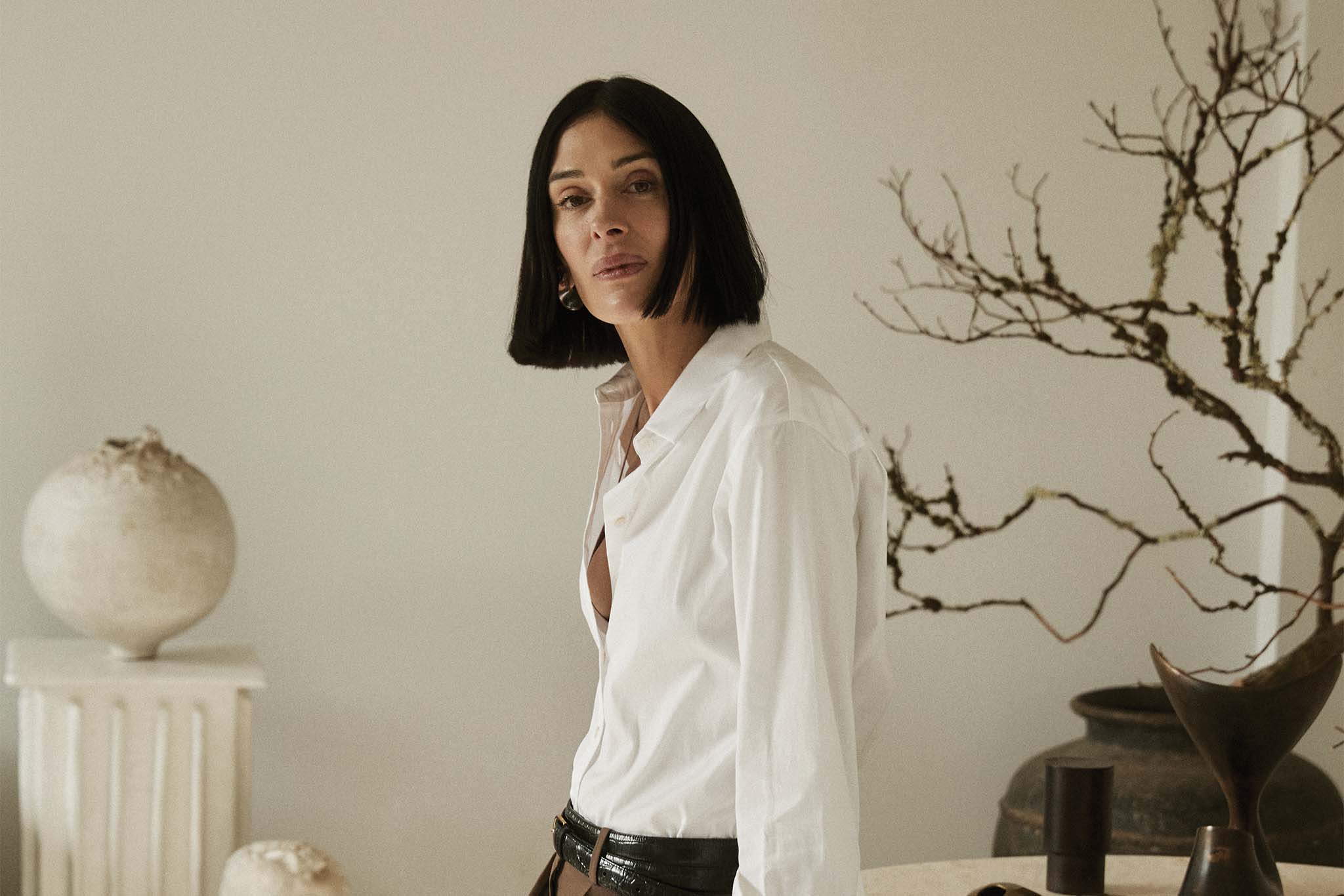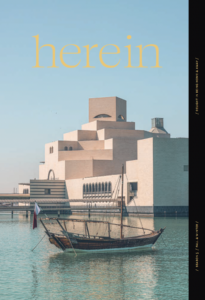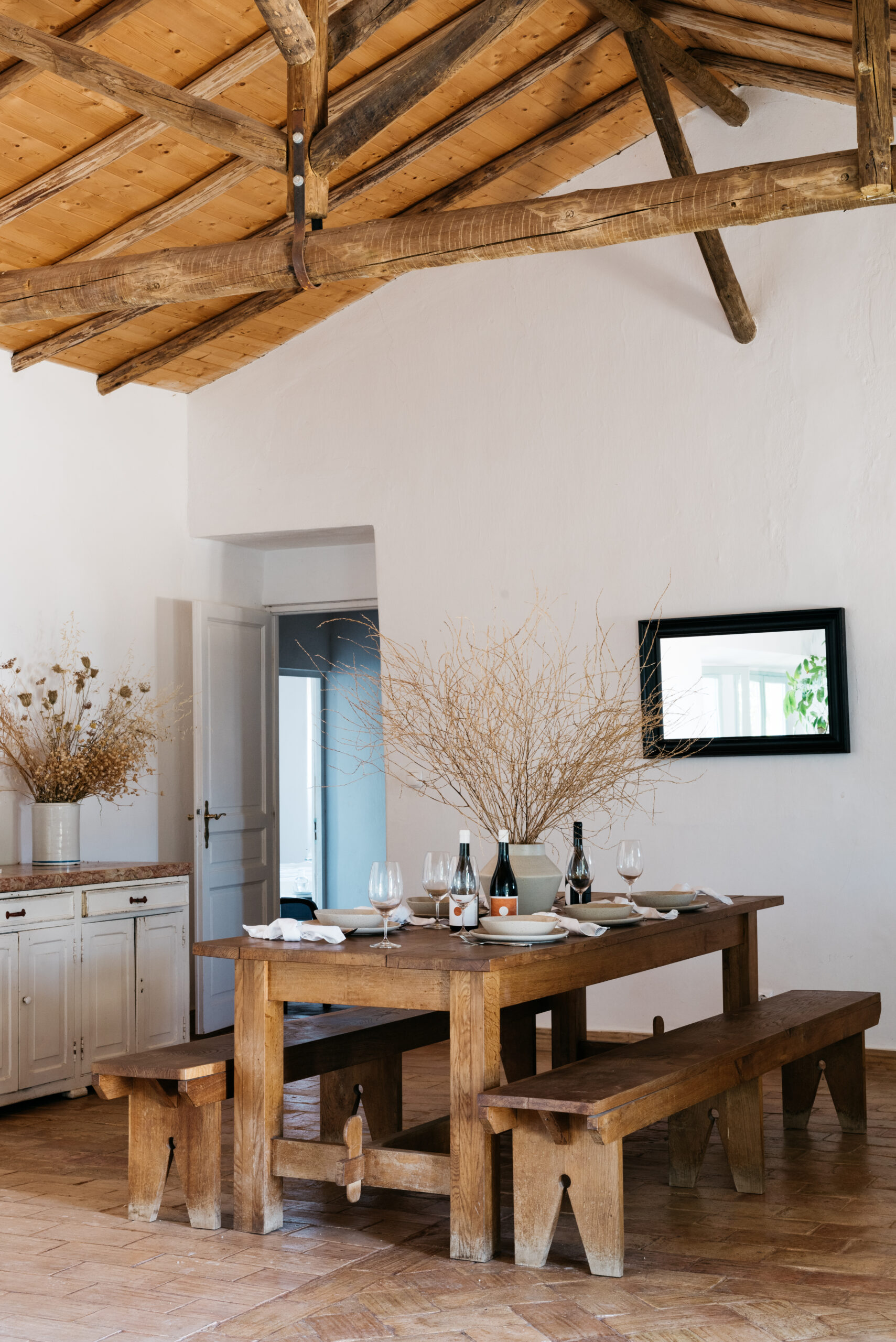Text by Kathryn Drury Wagner
Images courtesy of Athena Calderone
She is many things—an interior designer, author, and founder of lifestyle brand EyeSwoon—but above all else, Athena Calderone is stylish. She effortlessly employs textures, form and function, conjuring up spaces that feel timelessly chic yet always au courant. Behind all her work is an unwavering commitment to detail and a deep appreciation of design history. Whether she is serving as a creative director; penning a James Beard award-winning cookbook, Cook Beautiful, or a best-selling interior design tome, Live Beautiful; or collaborating with companies like Crate & Barrel, Calderone’s modern take on design and the power it holds to shape our lives has earned her a much-deserved following. We spoke with Calderone about her brand, business, and passions.
HEREIN Magazine: How would you describe your aesthetic, and do you find that it’s a constant or that it unfolds in new ways as you move through life?
Athena Calderone: I never want to be stagnant in my quest for beauty. For this reason, describing my aesthetic in words is challenging as it’s ever evolving. One constant is that I always want my design and my homes to feel collected and curated, to have a bit of the unexpected while retaining a level of restraint and sophistication.
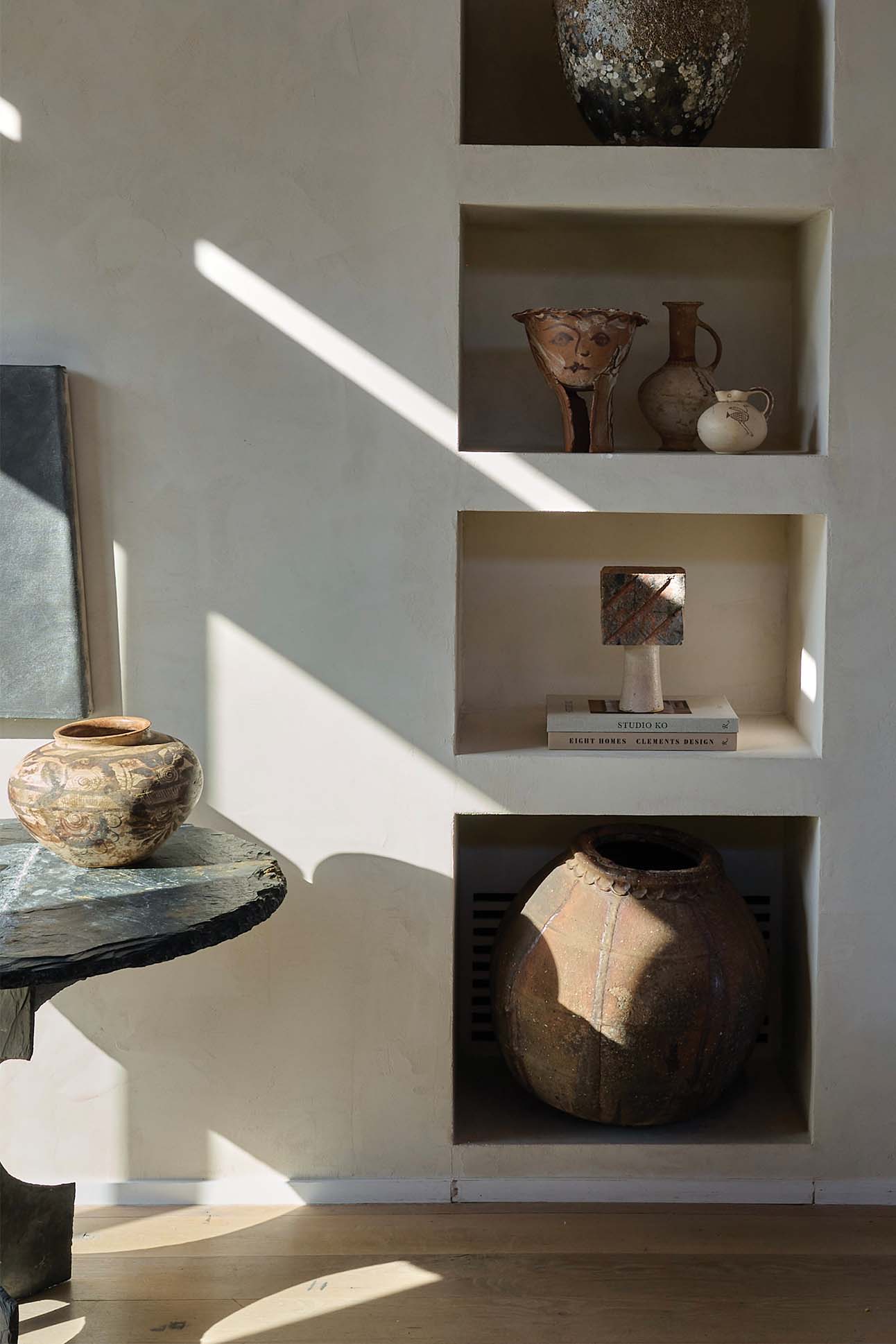
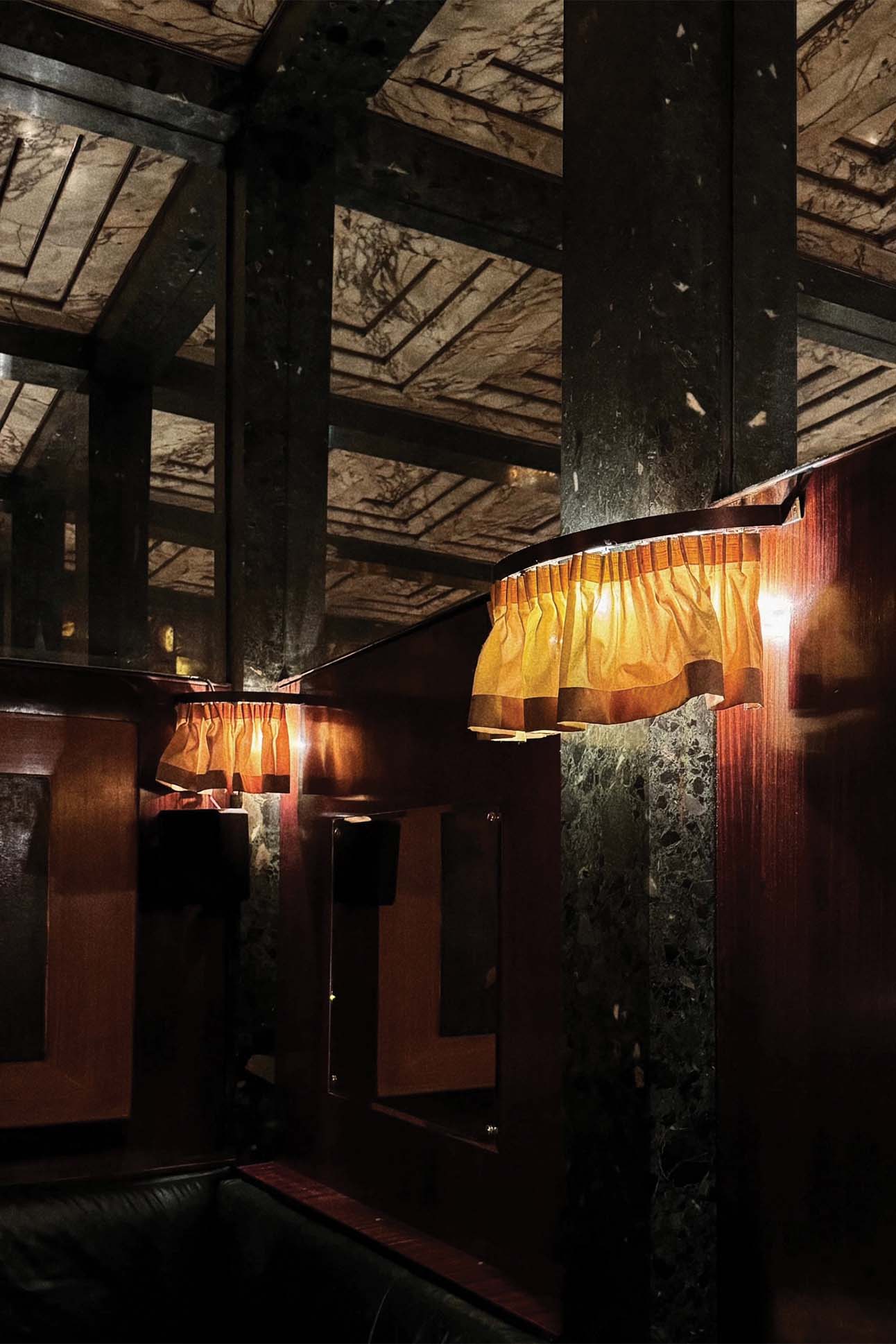
Multihyphenate creative Athena Calderone is inspired by everyday beauty, as well as her travels to locales like Vienna. Images by Jenna Saraco.
HEREIN: The words “explore” and “curiosity” come up a lot in relation to your design philosophy. What does this look like in terms of your creative process?
AC: I am always looking to educate my eye, continually research varied periods in design, and discover something new. This spirit of inquiry often leads me down unfamiliar streets, where I stumble upon unexpected restaurants, museums, or furniture galleries—like Galerie Romain Morandi in Paris. It is in the heart of the historic neighborhood of Saint-Germain-des-Prés, and I first passed by on a day they were closed and took multiple images of the striking pieces styled in the window. Later I returned and fell in love with Romain’s curation, even purchasing a Viennese desk for my Tribeca apartment. Kismet encounters like this are essential to my evolution as a designer and creative. You never know how it will translate into your work but therein lies the beauty and magic of discovery.
HEREIN: Tell us about your favorite time of day for artistic inspiration.
AC: The mornings are the most creative for me, especially the morning light in Amagansett and how it dances on the walls as I sip my coffee, the sounds of the birds and cicadas in my yard, and the light reflecting off the pool water. The constant horns and sirens in Tribeca are most certainly not inspiring to me but I suppose we need contrast!
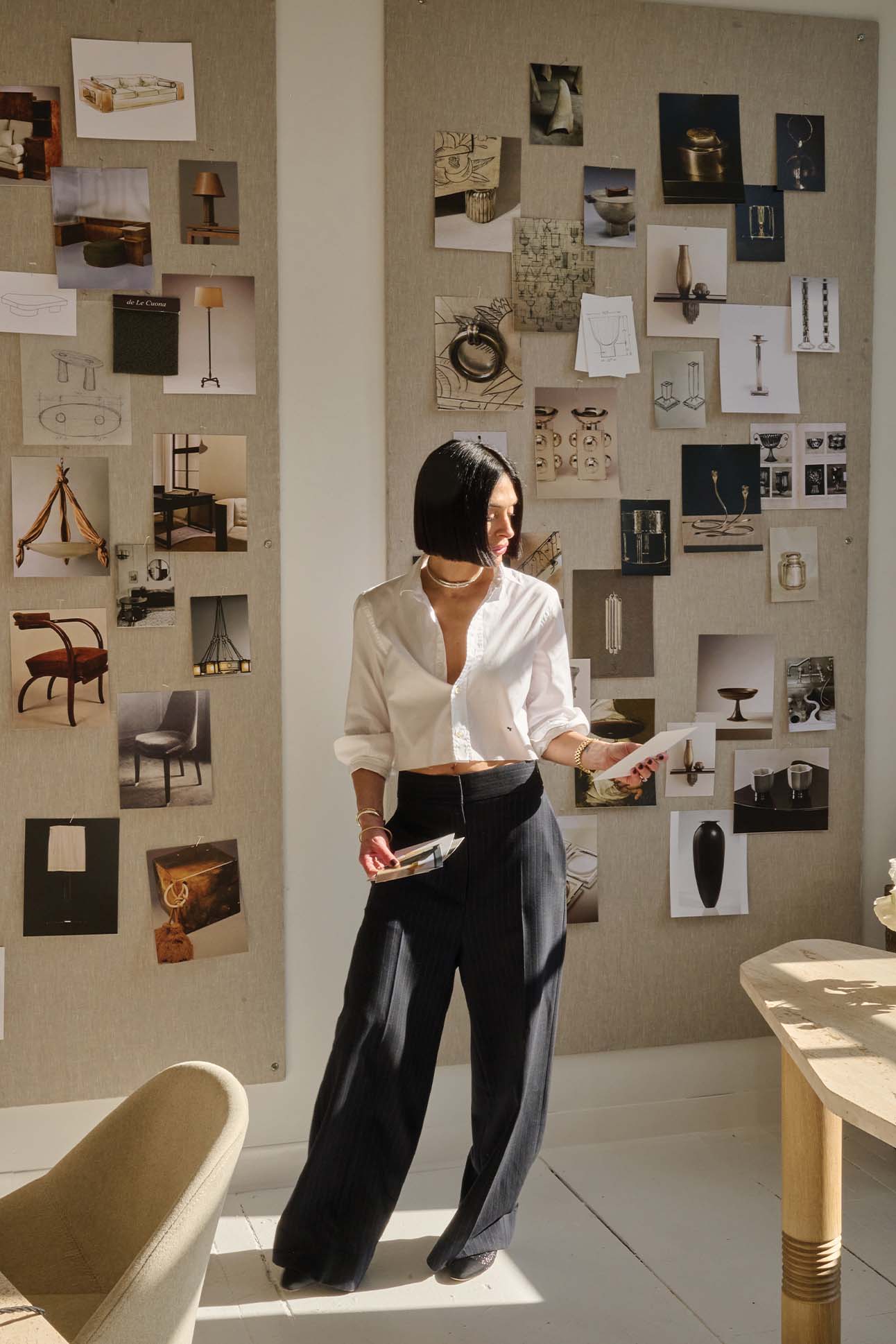
HEREIN: Your design practice goes beyond the visual—encompassing scents, textures, sounds, the written word, and flavors. How do you nourish your own creativity?
AC: In the same way my creative life is more than one thing, so too is the source. But tapping into that creative space is something I constantly need to remain conscious of. I need to have space to dream but our worlds have become so structured and scheduled, which is in direct opposition to a creative life. For me, cooking is essential. I don’t think when I am cooking. It’s like active meditation, as are working out and yoga. I have even pulled back on social media this year and been strict with myself to allow weekends to truly be a weekend.
HEREIN: Your dinner parties are the stuff of legend. Do you have any advice on how homeowners can imbue more beauty into their own entertaining moments?
AC: Look to Mother Nature and what’s happening outside with the season to inform your table. Fruits and vegetables from the farmer’s market simply placed on the table can also make an elegant impact. Perhaps you incorporate elements from the menu. For a fall table, I champagne grapes cascading over the lip of a pedestal, or petite pears with their leaves still clinging to them sprinkled down the table. And don’t forget candlelight (lots of it!) to create a dreamy, warm atmosphere that encourages conversation long into the night. Intimate gatherings at home should always feel special and beautiful but also casual to the core.
HEREIN: Do you have a favorite travel destination?
AC: I attribute my love of flavor, texture, and design to my travels—three things that all work in tandem in my life. My Tribeca apartment, for example, sparked an exploration of the functionalist period, leading me to Vienna, where I delved into its decorative arts and architecture. This informed my collection, Salon, with Beni Rugs; the MAK’s [Vienna’s Museum of Applied Arts] glass ceiling inspiring the symmetrical geometry and modern framing for the designs.
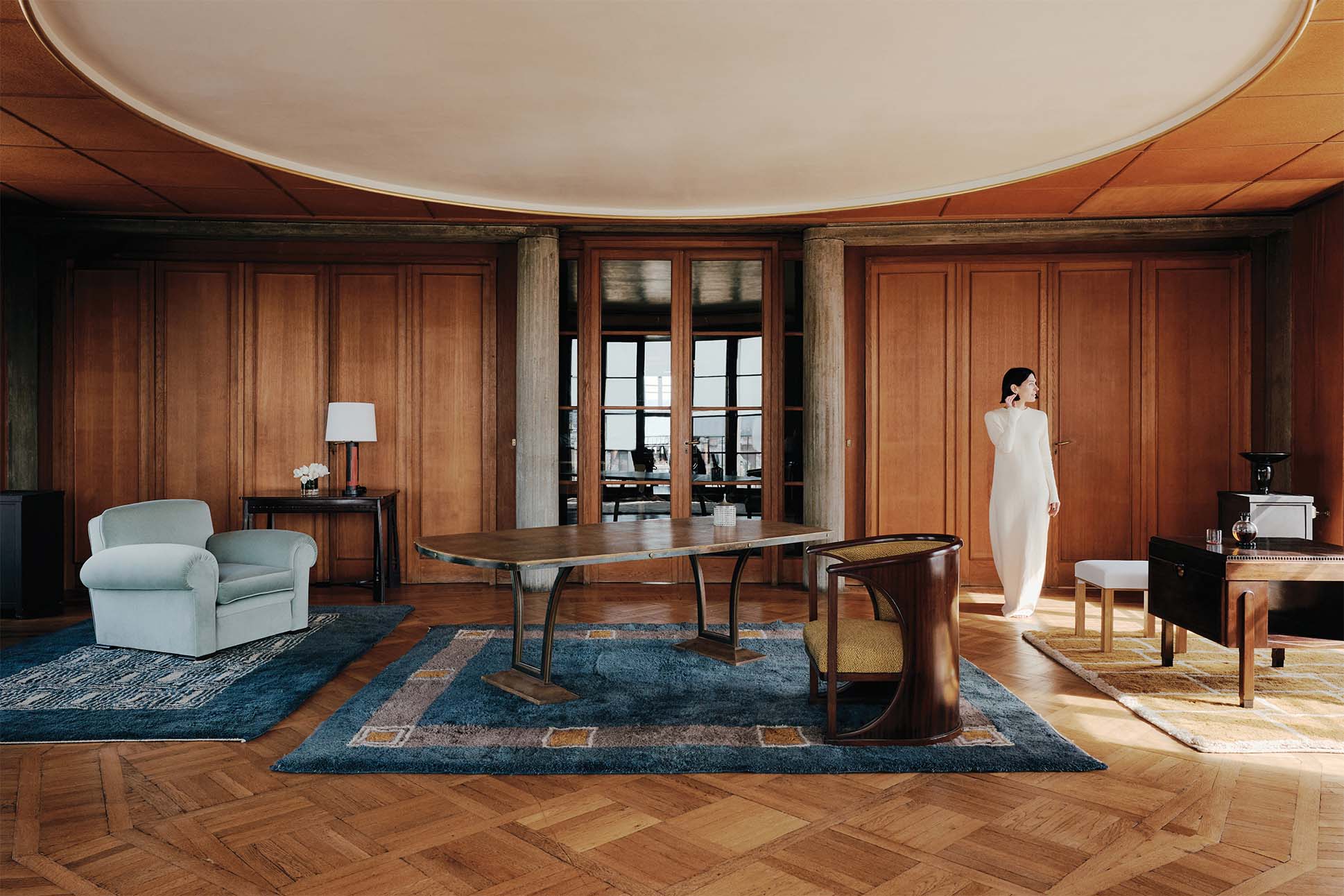
In Paris, the Théâtre des Champs-Élysées, by Auguste Perret—the first Art Deco building in the city—captivated me.
This year, I returned to Copenhagen to finalize our Tribeca apartment plans with architect Danielle Siggerud. That city’s epicurean renaissance and minimal design aesthetic continue to inspire me. Vienna, Paris, and Copenhagen are all deeply intertwined with food and design, which form the core of my philosophy.
HEREIN: Your designs seamlessly flow in and out of historical, vintage references into contemporary influences. Tell us about these contrasts in your design practice.
AC: I am always looking back to look forward. Recently, I’ve become enamored with the materiality of 1920s and ’30s design and how I can translate elements rooted in the past—parchment, lacquer, or silver leaf—into a modern context. There is beauty in the unexpected juxtaposition of these pieces set against the contemporary—a coming together of old and new. It’s not a formula or a studied ratio, but I’m always seeking this balance in every space. Moving into my historic Tribeca apartment, which has such a majestic Art Deco presence, activated a shift in my personal research, predilections, and obsessions. My new collection of furniture, lighting, and décor for Crate & Barrel celebrates the geometries, layered edges, streamlined silhouettes, and monolithic proportions that I saw on my travels throughout Europe.
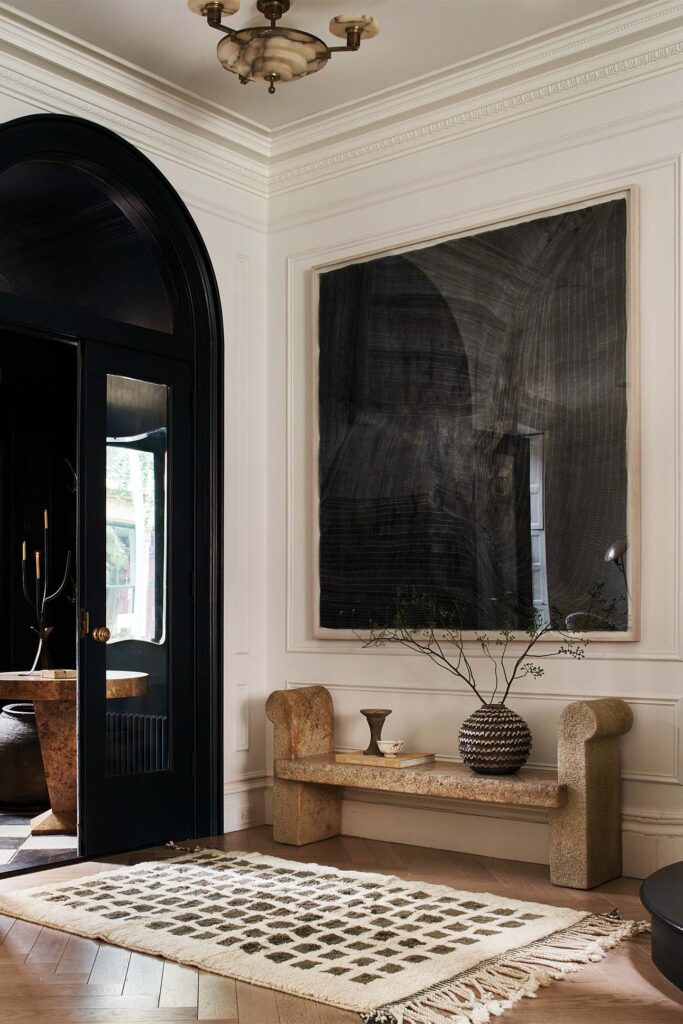
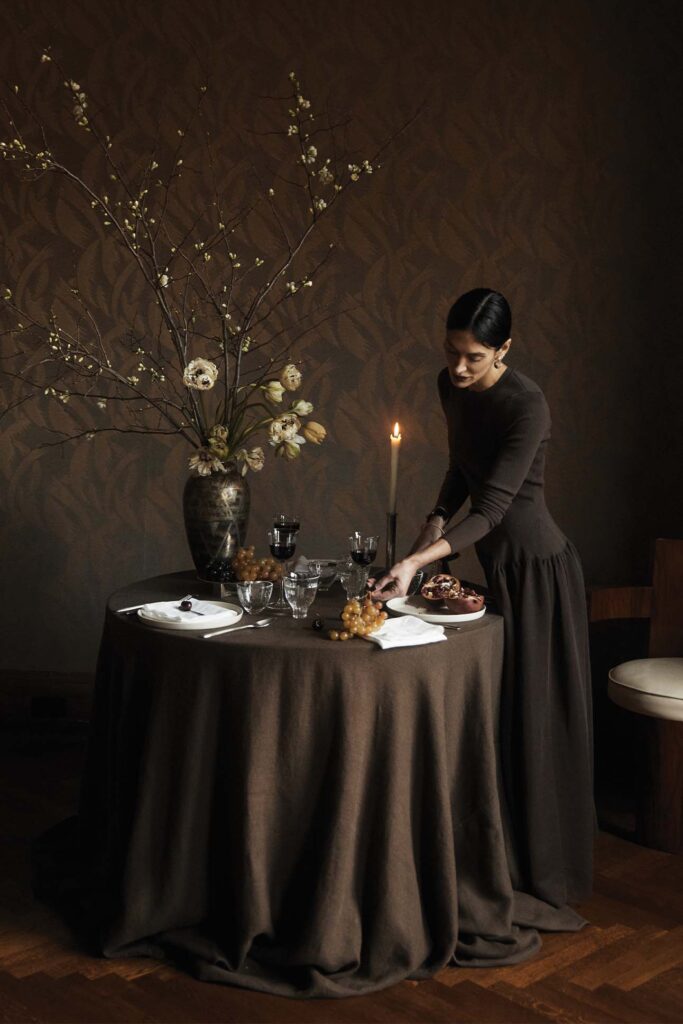
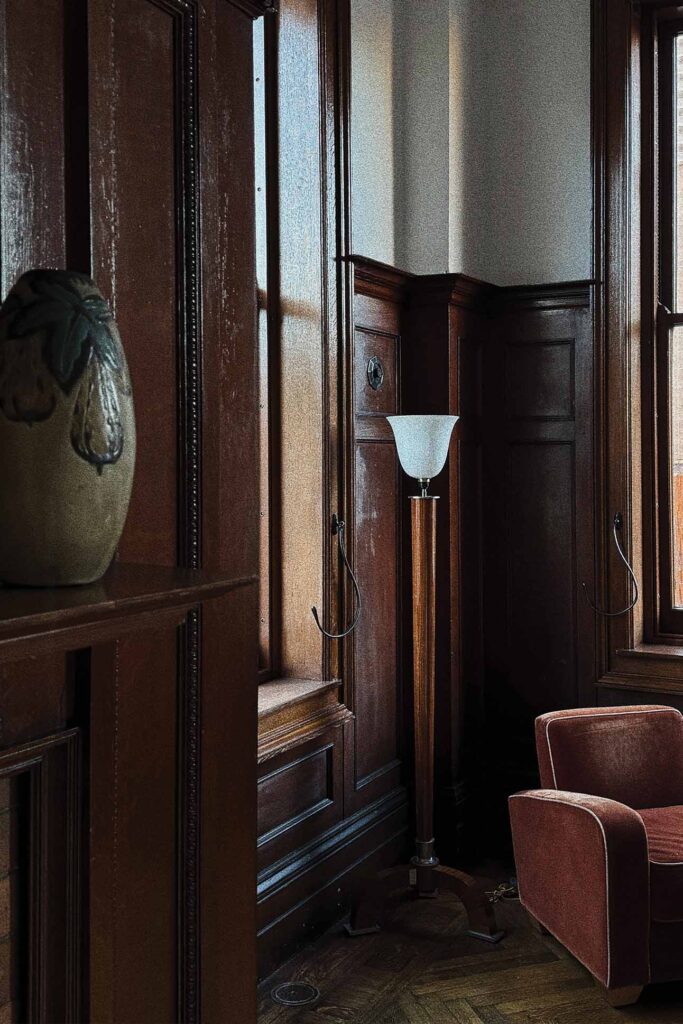
Calderone researchs varied periods in design history, discovering inspiration to create something new, such as in her Tribeca apartment.
HEREIN: Lastly, what current trends are you most captivated by?
I wholeheartedly encourage others to think eclectically, mix woods, and contrast shapes and periods from different places and eras to develop their own collected aesthetic, which has always been the cornerstone of my approach to interior design.
AC: I have been drawn to the elegant and timeless allure of lacquer lately. Its sheen feels sensual and evocative of a bygone era. Aside from its elaborate decoration, I am intrigued by its incredible history and the labor-intensive, 20-plus step process used to create it.
True lacquer is impenetrable—resistant to water, acid, and even heat to a certain extent. I am deeply attracted to the glam of the high gloss finish. It feels classic but also new, sophisticated, and elegant. You only need to look back at the beautiful Parisian homes of Yves Saint Laurent to see why. Lacquer feels like a material that is often forgotten but continuously reborn and needs to be resurfaced and considered again.

